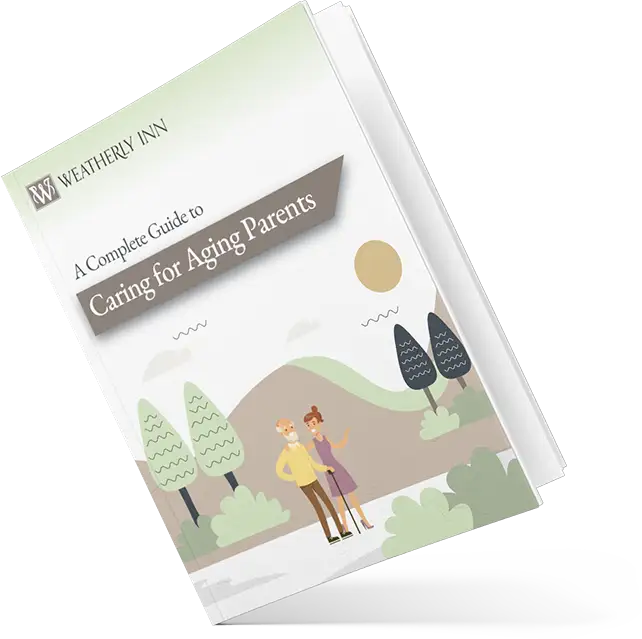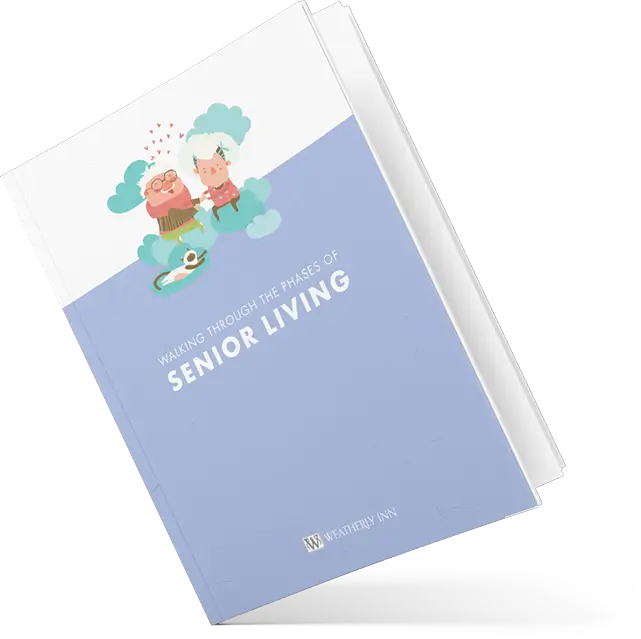October 31, 2023
Many elderly couples have spent most of their lives together, relying on each other for support and care. This means that when one person is considering a transition to assisted living, their spouse is often a major factor in that decision.
However, few couples will age in the same ways or at the same pace. This leaves each person in need of a different level of care or even type of community, in some cases, making it difficult to choose a senior living option that’s best for both people.
In this article, we’ll look at the different types of senior care communities that typically accommodate couples with different care needs, how to coordinate care for both people and what to do if spouses are not able to live together.
Senior Living for Couples
In general, most senior living communities allow couples to live together if they’re both relatively independent. For many couples, acting as each other’s caregiver is easy. They’ve been tending to each other’s health and wellness for years, making it a natural part of their routine.
Care communities lend a helping hand without disrupting the structure and comfort a couple has created. Staff members are available to help couples with everything from simple housekeeping to medication management to activities of daily living (ADLs).
Independent living and assisted living communities almost always allow couples to live together. However, each has a different approach to this situation based on individual needs and their staff.
Independent Living
Independent living communities are similar to apartments or townhome neighborhoods. Residents live in a private space and have access to amenities such as a central dining room, community activities, on-site salons and gyms, and more.
This option is best for couples who can still take care of themselves and need very little assistance. Often, they can still drive themselves, manage their own medication and keep up their living space. In fact, couples who choose this option often do so simply because they want to downsize their lives.
These communities will have a variety of floor plans and packages to choose from so couples can find the style of living they’re looking for and the minimal help they need.
Assisted Living
Assisted living is a good care option for people who are still relatively independent but need help with one or two ADLs such as dressing, bathing, eating or using the restroom.
A common situation for older adults is that one spouse needs a higher level of care than the other. For example, one person might require assisted living while the other could be happy in an independent living senior community.
It’s not uncommon for spouses to want to stay together as they age. However, this desire can sometimes lead to choosing a suboptimal solution, such as staying in their home when one person would benefit most from professional care.
To help alleviate this difficult decision, many assisted living communities allow couples to live together even if only one spouse requires care. Keep in mind that additional care costs will apply to the spouse that needs this support with care.
As you research long-term care in your area, ask each community what options they offer for couples to learn more about your specific options.
Coordinating Care
When two people have different care needs, it’s important to ensure their care community has the resources to coordinate care for both people. For example, if one person needs help with medication management and the other needs help with bathing and getting dressed, the facility they choose should have staff who can help with both areas.
The best way to determine care coordination is to speak with a senior living advisor at the community you’re considering. You can explain the different needs of each person and see if the staff is equipped to handle them. They can even help to create a personalized care plan to ensure all needs are met.
When It Might Not Be Possible
Although there are many different options for staying together, there are also some scenarios when it’s less likely that a couple will be able to live together.
In some cases, these facilities aren’t able to accommodate both spouses in the same apartment. Instead, they prefer to keep each spouse in the area of the community that best fits each of their needs. This often happens when one person needs memory care and their spouse does not. A memory care community can provide specialized care and their spouse is able to live on the same campus and spend days together.
Keep in mind that this isn’t the case for every community or situation. It’s always good to ask your community representative how these situations would be handled so you know what your options are.
What You Can Do
In these situations, it’s important to choose a care community that’s close to home so spouses can visit each other as often as they’d like.
Look or places that have open visitation policies and allow family and friends to enjoy meals and participate in activities with residents. This is especially helpful for couples who are accustomed to spending lots of time together and don’t want to be apart.
Technology can also be a helpful way to maintain relationships when spouses have to live separately. Setting up a tablet or phone in their bedroom so they can call or video chat with each other and family members helps them to combat loneliness and still feel connected to others.
Safely Sticking Together
Most senior living communities do their best to make it easy for couples to live together in a safe and enriching environment.
If you’re considering care options for an aging parent or for yourself and your spouse, reach out to us. We can help you choose the best option to fit your needs.



